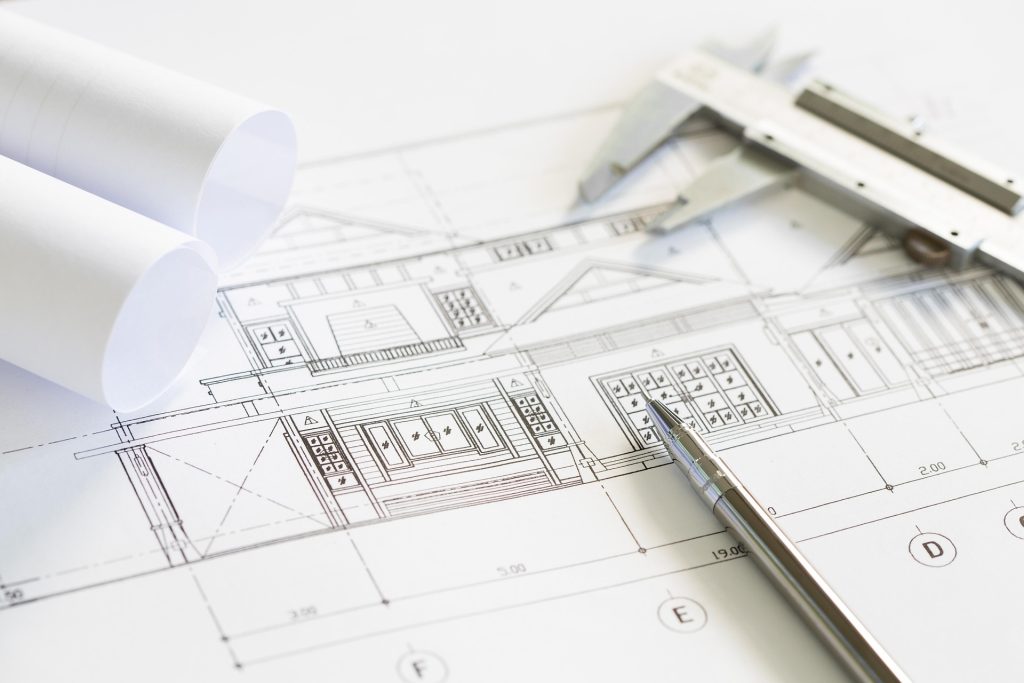At SUNRISE RAYS ENGINEERING CONSULTANTS , we specialize in delivering top-tier Mechanical, Electrical, and Plumbing (MEP) engineering design services that ensure the optimal performance, efficiency, and safety of your building projects. Our team of highly skilled engineers, architects, and design professionals are committed to creating innovative, sustainable, and cost-effective solutions for a wide range of building types. Here’s why you should trust us with your next MEP engineering design project:
With years of experience in the MEP engineering industry, our team is equipped with the knowledge and skills needed to design highly efficient and reliable systems for any type of building, whether residential, commercial, industrial, or
institutional. From complex high-rise structures to small-scale residential buildings, we have the expertise to handle projects of any size and complexity.
Our MEP engineering design covers all essential aspects of building systems:
We take a holistic approach to MEP design, ensuring all systems are seamlessly integrated to work together efficiently.
In today’s world, energy efficiency and sustainability are critical. Our MEP designs are focused on reducing the environmental impact of buildings by incorporating green technologies, energy-efficient systems, and water conservation solutions. We use the latest building codes and sustainability standards (like LEED) to create designs that are not only eco-friendly but also reduce long-term operating costs.
The basic role of MEP (Mechanical, Electrical, and Plumbing) design is to plan, coordinate, and implement the systems that ensure a building or infrastructure functions efficiently, safely, and comfortably. MEP systems are essential for the
operation, comfort, health, and safety of the building’s occupants. Each element—Mechanical, Electrical, and Plumbing—plays a distinct role but also works in tandem with the others.
Here’s a breakdown of the basic roles for each part of
Key Roles of MEP Design in a Building
Conclusion
The basic role of MEP design is to integrate mechanical, electrical, and plumbing systems to ensure a building is functional, safe, and comfortable. It involves planning, designing, and coordinating systems that provide essential services, meet energy efficiency goals, and ensure occupant safety and comfort. By combining these

© 2025 SUNRISE RAYS ENGINEERING CONSULTANTS. All Rights Reserved, Powered by MSOFT Technologies.
WhatsApp us